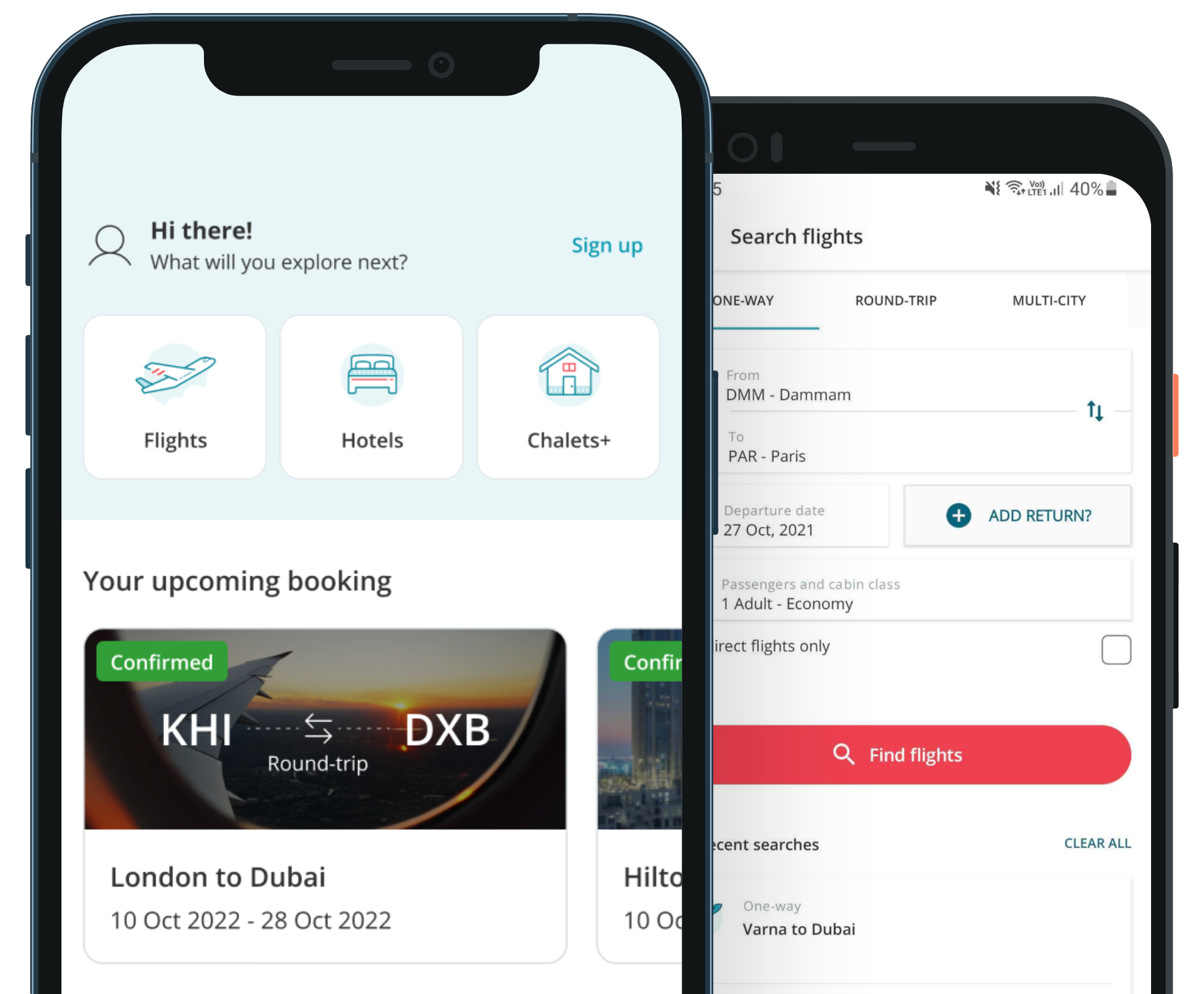
Top 5 Asian Countries Buying Iran’s Crude Oil in 2025
Date 21-08-2025
Top 5 Asian Countries Buying Iran’s Crude Oil in 2025
Iran remains a pivotal player in the global energy market, especially in Asia where demand for crude oil continues to surge. Despite geopolitical challenges and sanctions, several Asian countries maintain strong energy ties with Iran, driven by strategic interests, proximity, and favorable trade terms. In this article, we explore the top 5 Asian countries importing Iranian crude oil, their motivations, and the evolving dynamics of this vital trade relationship.
1. China: Iran’s Largest Oil Buyer
China consistently tops the list as Iran’s biggest crude oil customer. With its massive industrial base and growing energy needs, China imports millions of barrels annually—often through discreet channels or barter arrangements.
Estimated Imports: Over 1 million barrels/day (including off-the-books shipments)
Trade Mechanism: Yuan-based payments, barter deals, and private refiners
Why China Buys: Diversification of supply, discounted rates, and strategic alignment
SEO Tip: Keywords like “Iran oil exports to China”, “China Iran oil trade 2025”, and “discounted Iranian crude for China” are high-value search terms.
2. India: Strategic Energy Partner
India has historically been a major importer of Iranian crude, especially before U.S. sanctions intensified. While volumes dipped in recent years, India is actively exploring rupee-rial trade mechanisms to resume imports.
Estimated Imports (pre-sanctions): 400,000–500,000 barrels/day
Trade Mechanism: Rupee payments, INSTEX alternatives
Why India Buys: Competitive pricing, proximity, and refinery compatibility
SEO Tip: Use long-tail keywords like “India Iran oil trade 2025”, “Iran crude oil price for India”, and “India’s plan to resume Iranian oil imports”.
3. South Korea: Refinery-Grade Demand
South Korea’s advanced refineries are well-suited for Iranian light crude. Although imports have fluctuated due to sanctions, South Korea remains a potential buyer if diplomatic conditions improve.
Estimated Imports (historical): 150,000–200,000 barrels/day
Trade Mechanism: Government-to-government contracts
Why South Korea Buys: High-quality crude, refinery compatibility
SEO Tip: Target phrases like “South Korea Iranian oil imports”, “Iran light crude for Korean refineries”, and “South Korea oil sanctions update”.
4. Japan: Cautious but Interested
Japan has traditionally maintained a balanced approach, importing Iranian oil while respecting international sanctions. With energy diversification on the agenda, Japan may re-enter the Iranian oil market under multilateral agreements.
Estimated Imports (historical): 100,000 barrels/day
Trade Mechanism: Sanction-compliant channels
Why Japan Buys: Strategic diversification, stable supply
SEO Tip: Use keywords like “Japan Iran oil deal 2025”, “Japanese refiners Iranian crude”, and “Iran oil exports to Japan”.
5. Pakistan: Emerging Energy Corridor
Pakistan is increasingly seen as a future energy corridor for Iranian oil and gas. While current volumes are limited, pipeline projects and regional cooperation could boost imports significantly.
Estimated Imports: Small-scale, but growing interest
Trade Mechanism: Bilateral agreements, barter potential
Why Pakistan Buys: Energy security, regional proximity
SEO Tip: Focus on “Iran Pakistan oil pipeline”, “Pakistan crude oil imports from Iran”, and “Iran energy trade with Pakistan”.
Final Thoughts
Iran’s crude oil exports to Asia are shaped by a mix of economic pragmatism, geopolitical strategy, and energy demand. As sanctions evolve and new trade mechanisms emerge, these five countries will continue to play a central role in Iran’s oil diplomacy.







